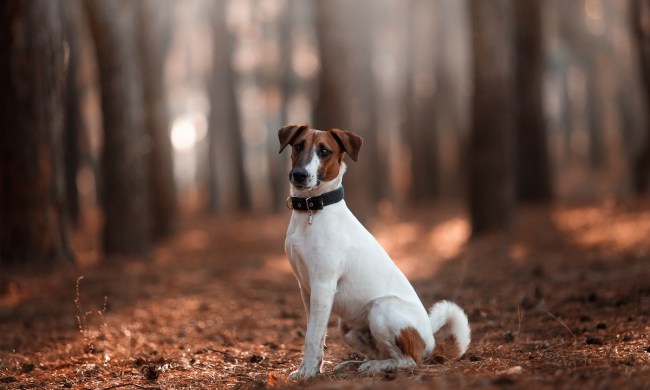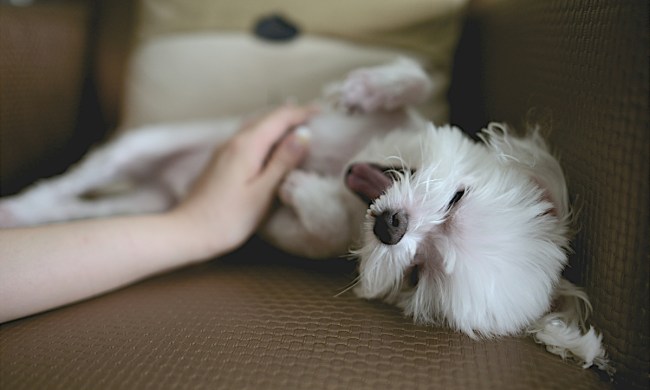So you’re looking for dog food storage tips to make your pet’s meals last. When you make too much food, it is ideal to freeze the excess. It is the best way to ensure no food goes to waste. You may have wondered if you can do the same with your dog’s dry food. When you’re shopping for deals and savings on your dog’s favorite food, it can lead to overbuying. Luckily, there is no need to worry about the expiration date on your dog’s food. There are many great tips and tricks for freezing dry dog food that will ensure freshness and longevity.
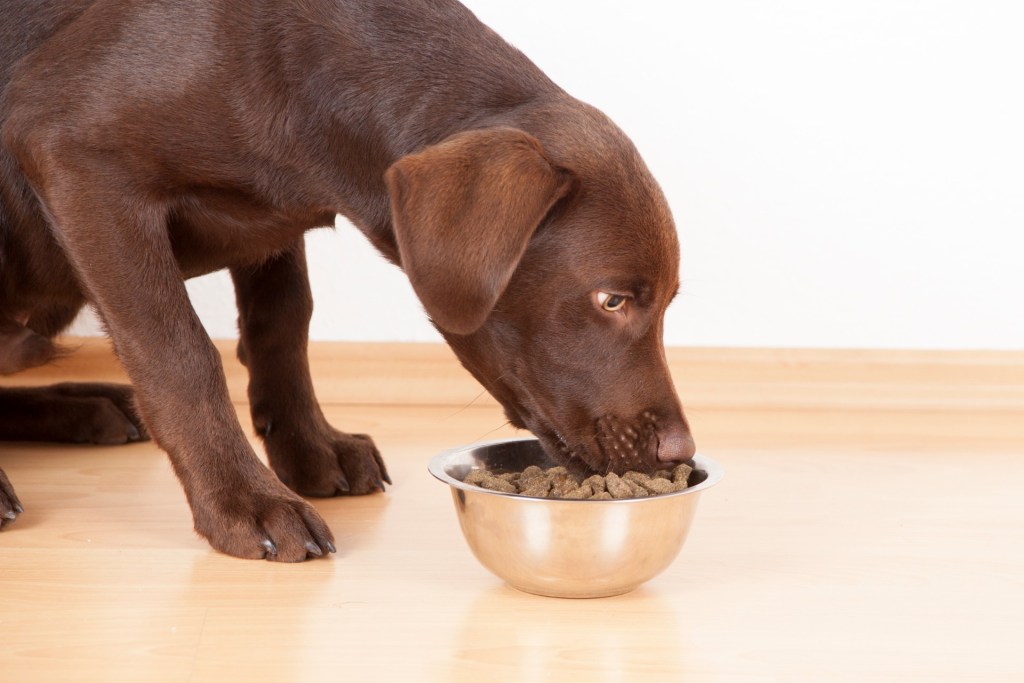
Airtight is key
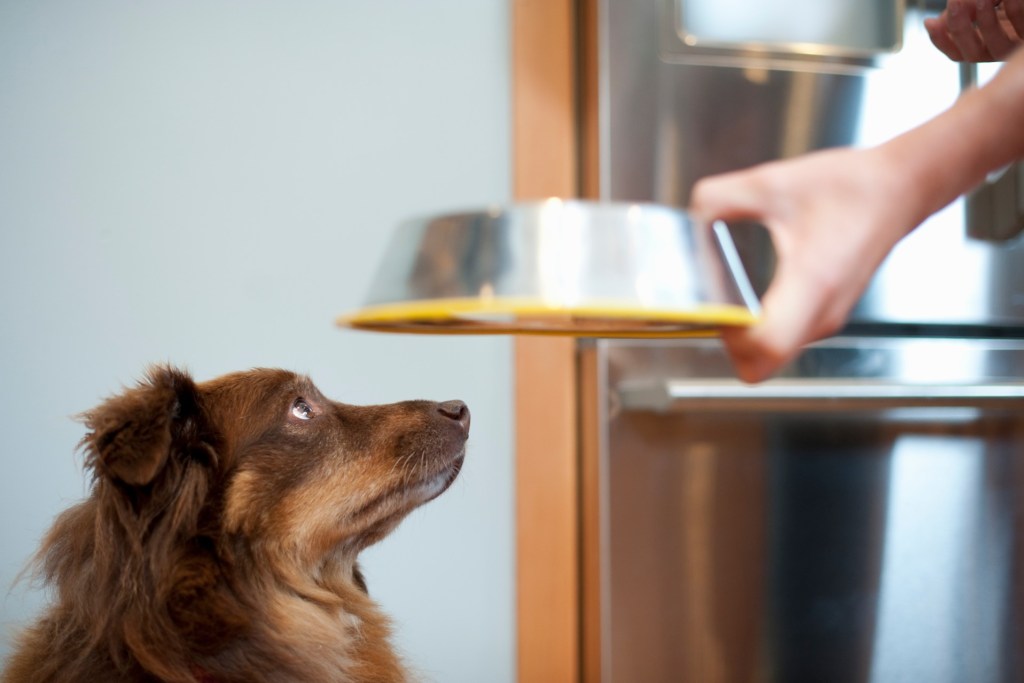
When it comes to freezing any kind of food, keeping the container airtight is so important. By storing dry dog food in airtight containers or bags, you will ensure no freezer burn and promote freshness. You can choose from many great airtight containers that will stand up well in the freezer. Depending on how much dog food you need to store, you may want to buy one large one or multiple small ones. The benefit of having multiple smaller-sized containers allows you to portion your dog’s food out.
When you are ready to utilize the frozen food, simply take out one of the correctly portioned containers and allow it to defrost before serving to your dog.
If you want to store your dog’s dry food in bags, you should consider a vacuum-sealing machine. This type of machine provides an airtight seal on your dog’s food. If you don’t want to buy one of these machines, another way to get an airtight seal on a bag is with a bowl of water. Fill a resealable plastic bag with the right portion of dog food and submerge the bag in water up to just below the resealable top. Seal the bag and you’re done. The water will push out all air from the bag allowing for an airtight seal.
Remember to dry off the bag before freezing and enjoy easy storage for your dog’s dry food.
Always label
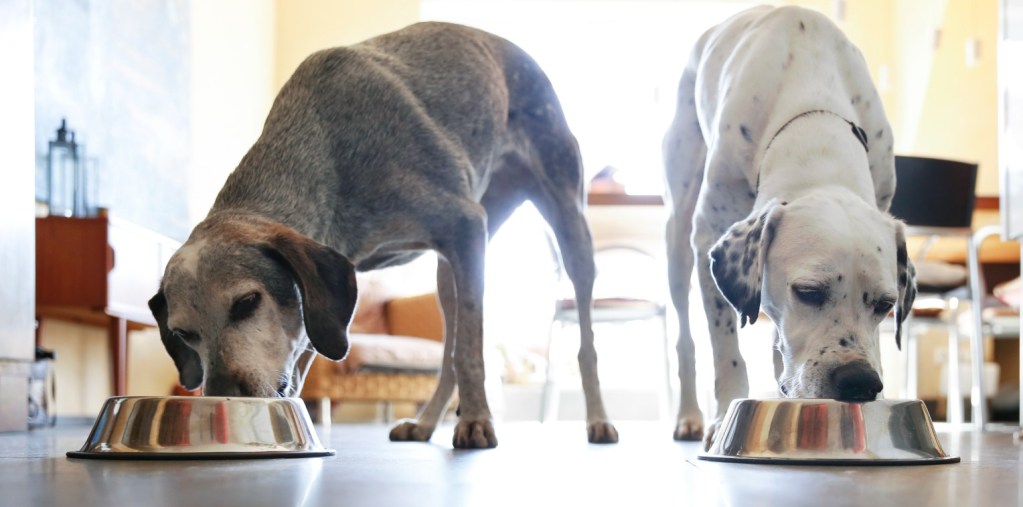
Labeling is key when it comes to freezer storage. Your freezer can become overwhelming when there are a lot of different bags and containers stored with no labels. Bags and containers also fog over so it can be difficult to know what is inside. Luckily, a quick and simple label can be the perfect solution to any freezer headaches.
For plastic bags, simply use a sharpie or other permanent marker to write the food name, date in the freezer, and expiration date on the packaging. The freezer date is helpful if you put multiple batches of dry dog food into the freezer so you can use the oldest dog food first. Dry dog food can typically last anywhere from 6 months to a year in the freezer.
When it comes to reusable containers, writing on them with permanent markers may not be the best option. It will render the container useless for future labeling. Instead, utilize removable label stickers on your containers. This way, you can label and re-label your containers with ease.
Another option is to put smaller-sized containers into resealable plastic bags. This way, you can label the bag while also providing an extra layer of protection for your dog’s dry food.
Buy in bulk

Freezing your dog’s dry food is a great, effective way to not waste excess food. So, if you buy more food than your dog needs, no need to worry. These great tips can help ensure an efficient storage system. Now, you can buy the massive dog food bags when they go on sale.
Just use containers and storage bags with an airtight seal to ensure freshness and no freezer burn.
